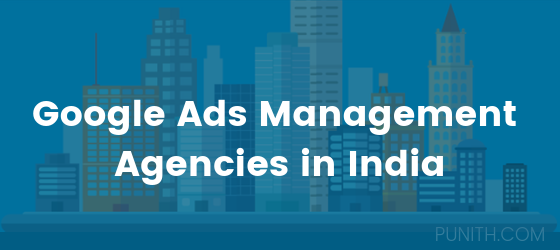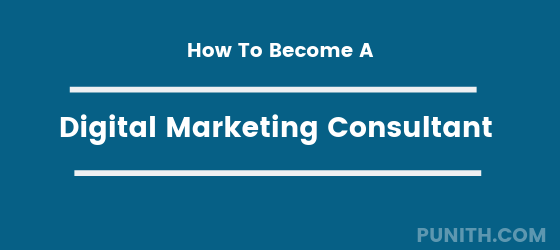When the Internet was new text links were only form of advertising. Later, static image banner ads appeared, and they were more effective, but, still static. Since then, online interactive advertising, also known as interactive media advertising, or “rich media” advertising, has become increasingly popular because it is more attractive, and therefore more effective. In fact, an early rich media campaign was once tracked at four times the traffic of a static image campaign by the same company.
What is rich media advertising? Interactive online ads which allow the customer to play a game, answer a trivia question, or win a prize are the most common versions of these new media ad-forms, but any banner that allows or requires the user to do more than simply click through to another page is a kind of interactive online marketing.
Types of Interactive Ads
Despite being a relatively new form of online interactive marketing, most online interactive advertising is still based on the traditional banner ad, in terms of shape and size. Within the standard parameters, however, there are several specific types of advertising.
• In-Page Ads: Always based on the standard banner ad sizes proscribed by the Internet Advertising Bureau (IAB) these are banners that incorporate interactive online marketing techniques like embedded games, brief surveys, or brochures that can be downloaded using “polite” technology.
• Expandable Ads: In expandable advertising, interactive online ads expand to a larger area, or an entire page, when a user clicks on or mouses over them. The reverse version of these ads, which are referred to technically as “server initiated expandables,” and colloquially as “push downs,” automatically expand when a page is loaded, and then shrink to a more conventional ad-size after a brief delay.
• Floating Ads: This form of interactive media advertising generally appears as an image or banner layered – or floating – over another webpage, and requires the user to click on it, which will either transform it to a static image, or minimize it for later viewing.
• Pop-Ups: As a webpage is loaded, these ads literally pop up into a new window, which must be minimized or closed in order for the user to see the page they actually requested. As pop-up blocking applications are integrated into web-browsers, it becomes more likely that these ads will be ignored before they are ever displayed.
• Transitional Ads: Also referred to as “interstitial” ads, these are online interactive advertising displays which appear between pages as a user clicks from page to page throughout a single site. Often, they are labeled with a message such as “please view this ad while your page loads.” Such ads are also commonly used as precursors to requested streaming media.
Is Rich Media Effective?
Because every advertiser tracks different factors in advertising – some are more interested in brand recognition, for example, and others count only sales generated online – it can be difficult to gauge the effectiveness of online interactive advertising, but it is generally agreed that interactive media advertising is more effective than static image banners, which are the next most common form of internet marketing.
There are some steps that can be taken to increase the overall effectiveness of an interactive online marketing campaign, such as:
Don’t be Annoying: You want people to remember your ad because it sells your company, not because it comes up in their face too many times. Keep overly “cute” content to a minimum.
• Lots of Logo Placement: Brand awareness increases when your logo is shown throughout your ad, rather than just at the end.
• Simplicity Sells: Stick to one message, and one key thought. Otherwise you may confuse your users.
• Be Aware of Your Market: Interactive elements like quizzes and games tends to work well in the technology, communications, and auto industries, but similar ads in the travel industry don’t pull as well, while videos featuring exotic destinations do.
• Engage: The more interesting your rich media content, the more customers will click on it. Video presentations, especially if they are NOT the same video that is used in television commercials, are extremely effective in online interactive advertising, but games are the hottest form of interactive media advertising because tweaking them just slightly can change the target audience from men to women, or adults to teens.
Who Uses Rich Media?
Any industry that goes direct to the consumer can benefit from advertising. Interactive online campaigns are more expensive than their static ad counterparts, but still far less costly as television ads, and a wide audience in every demographic group.
While it more expensive than standard banner ads, interactive media advertising is also more effective, especially in the automotive and telecommunications industries, where a large percentage of the customer base already uses the internet quite a lot.
With bold creative choices, and a focus on brand recognition, however, any business will benefit from the use of online interactive advertising



![All You Need To Know About AMP [Accelerated Mobile Pages]](https://www.punith.com/wp-content/uploads/2018/08/amp.jpg)
Punith, hope you agree even user experience of a user too can be improved using rich media advertising
I agree with you Brian